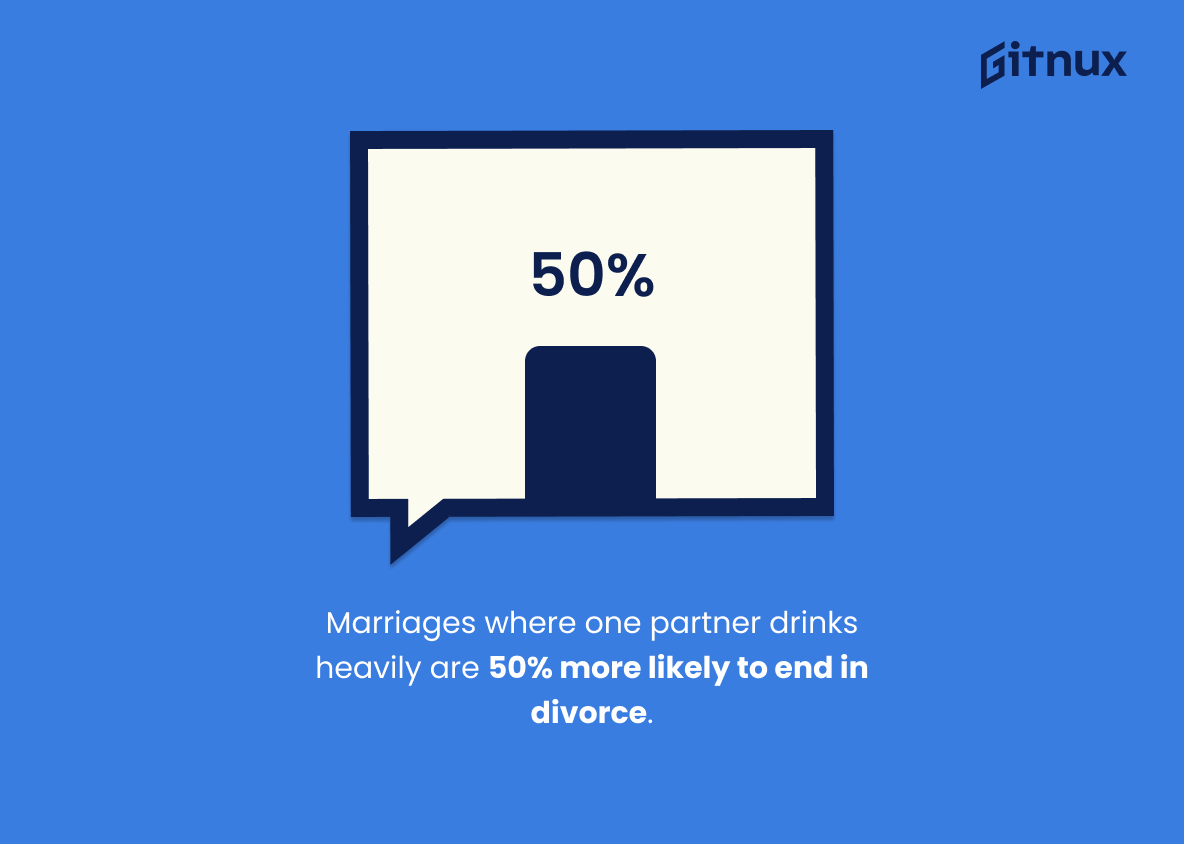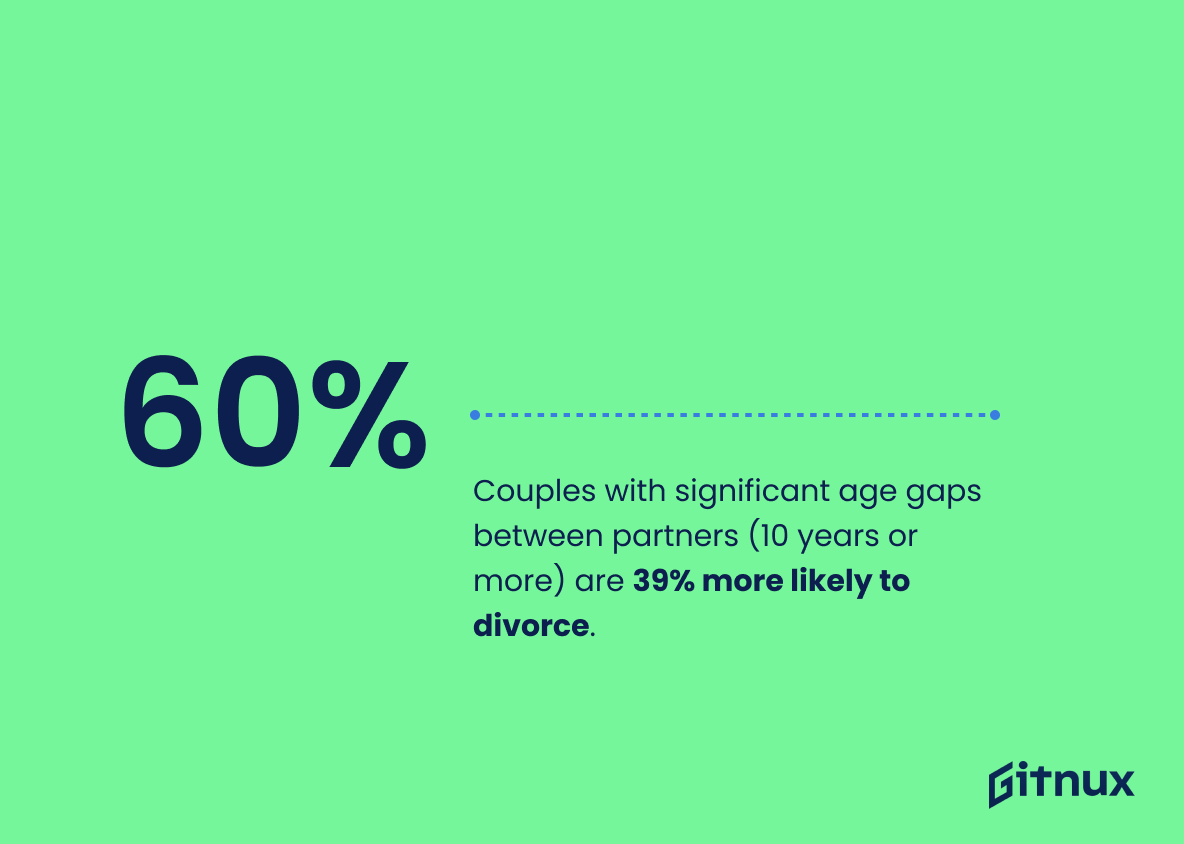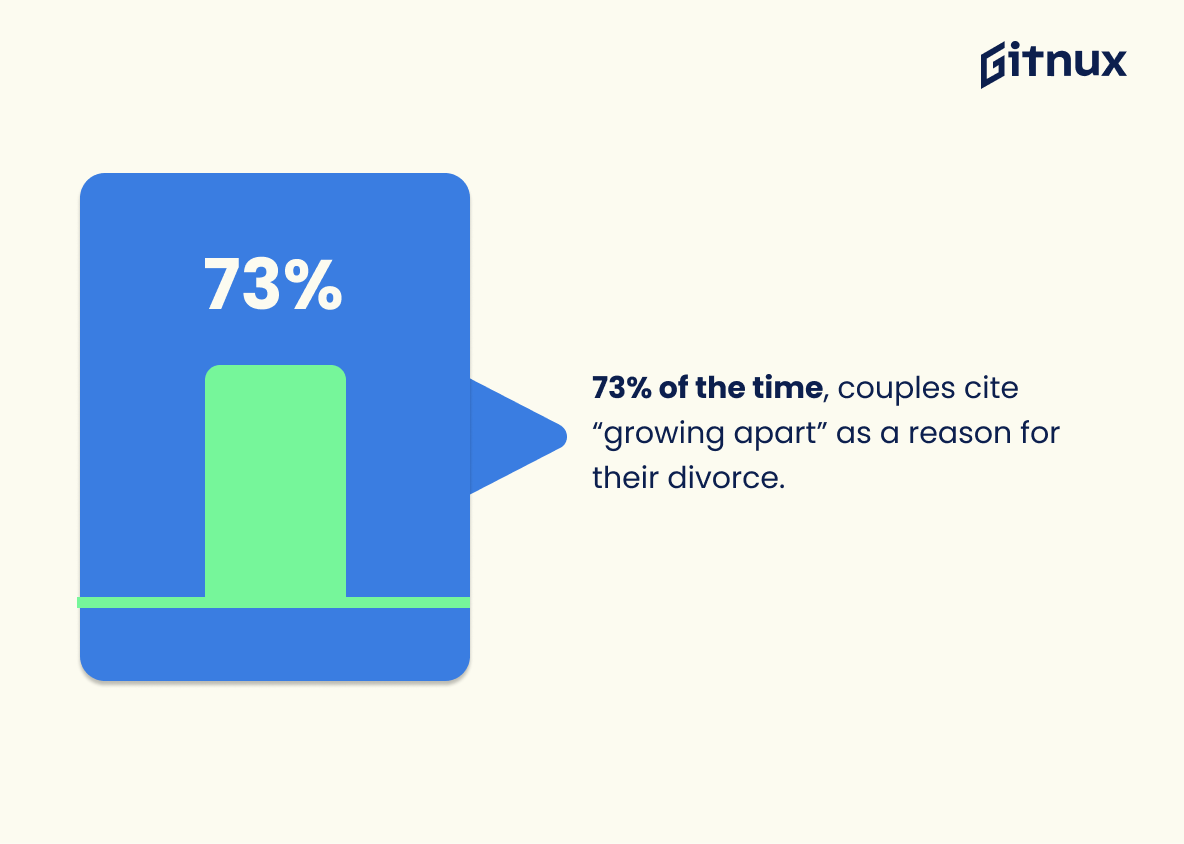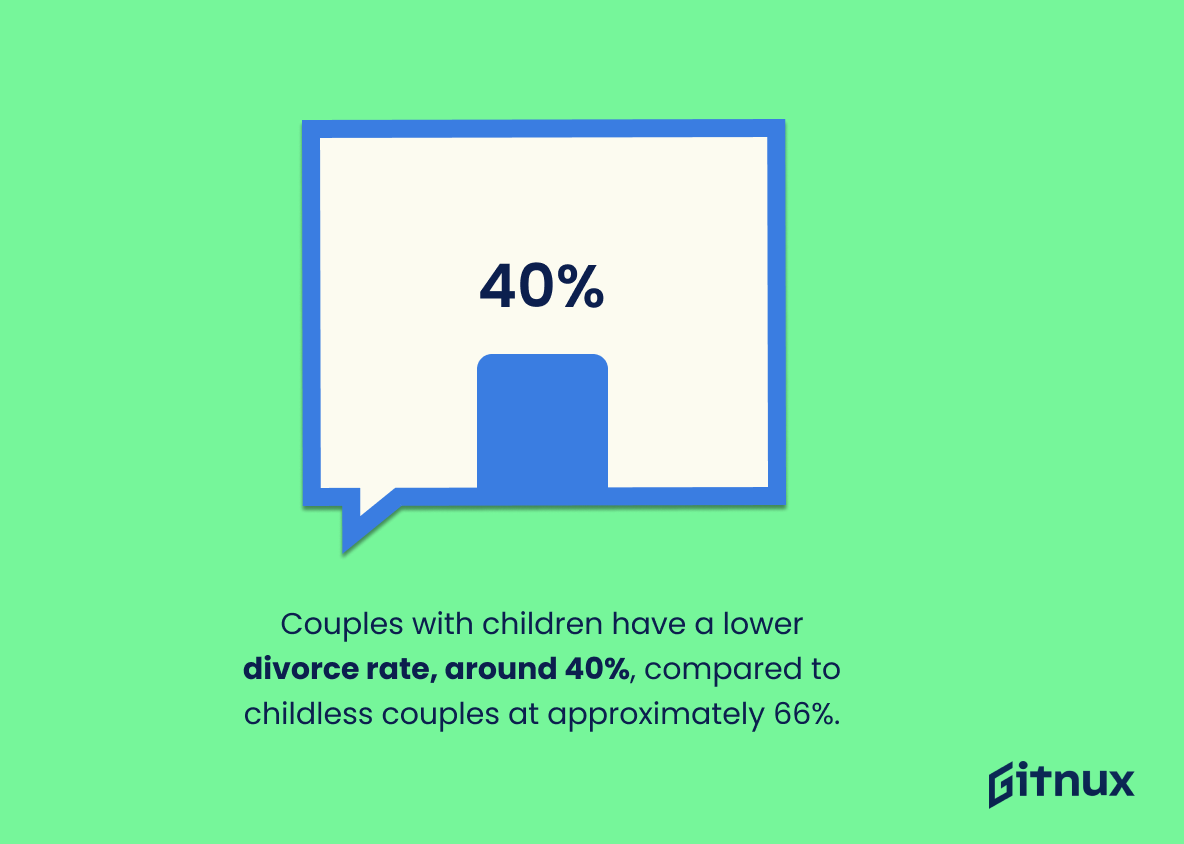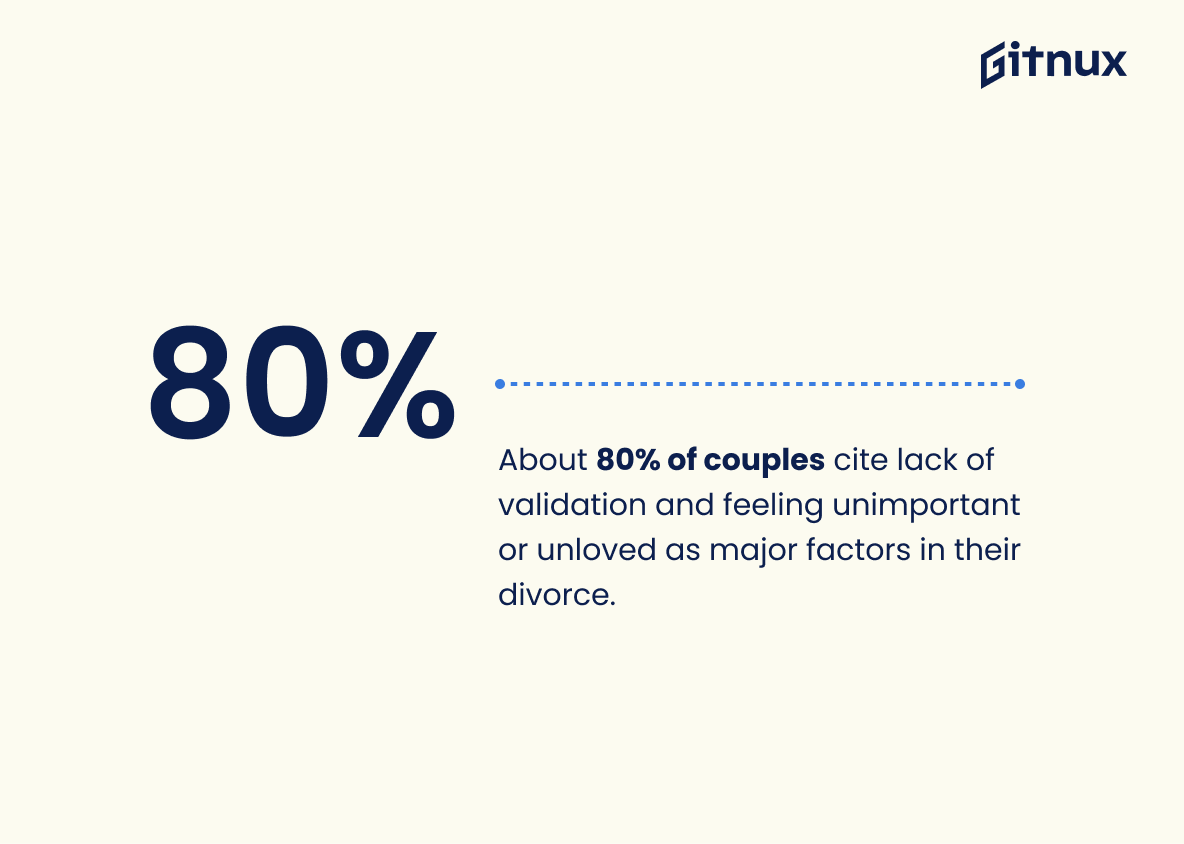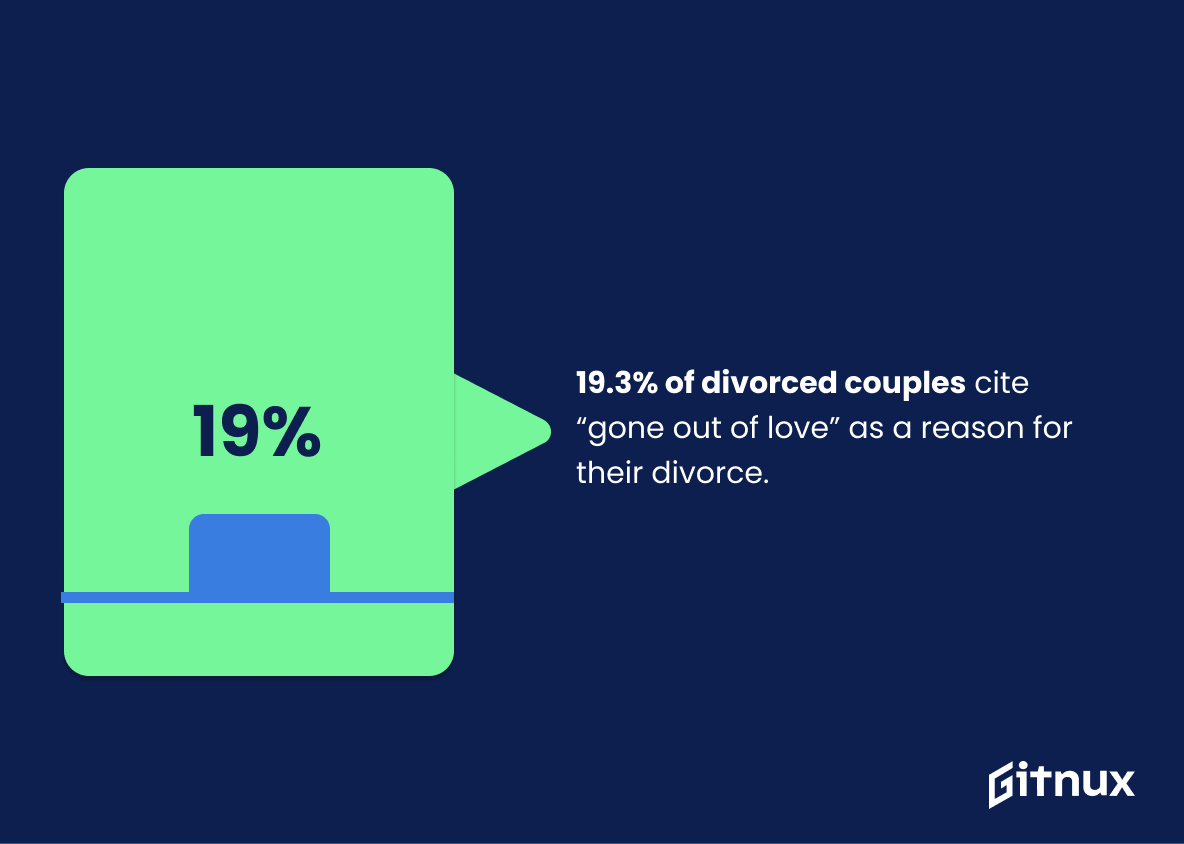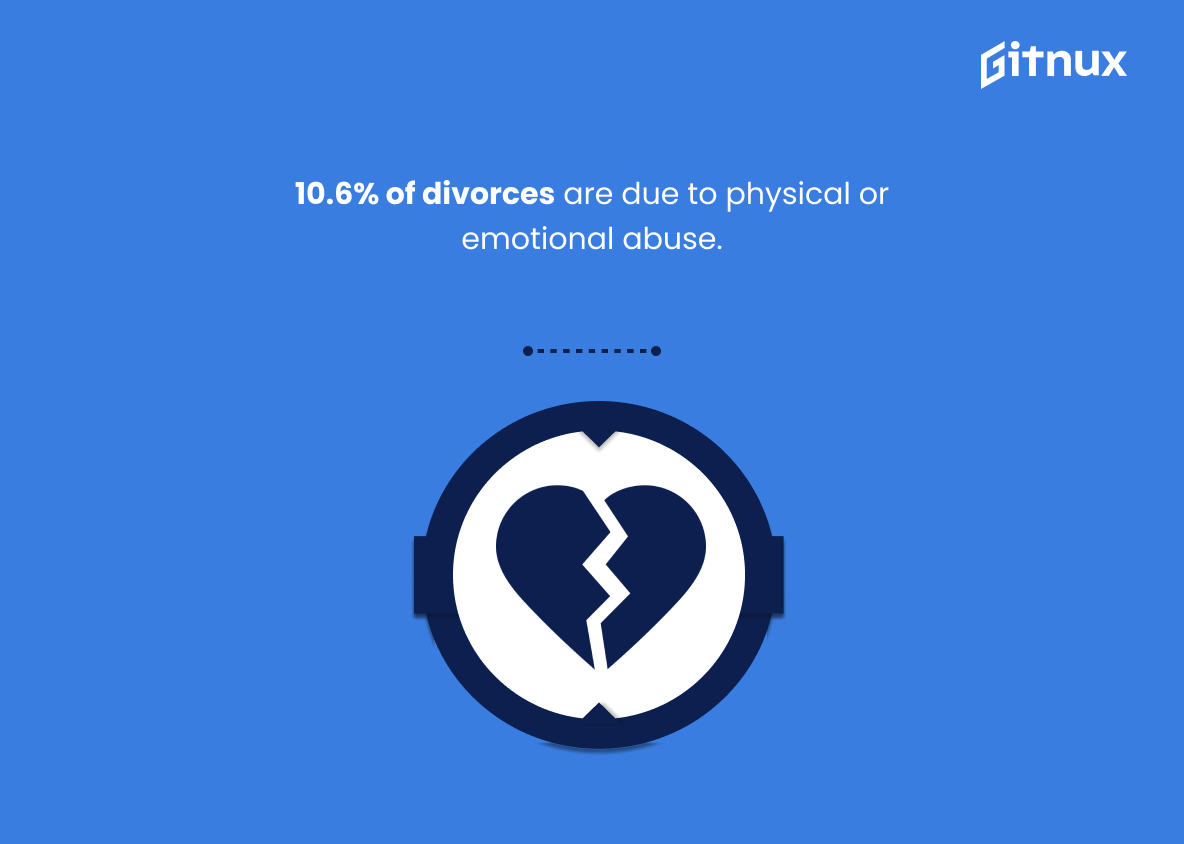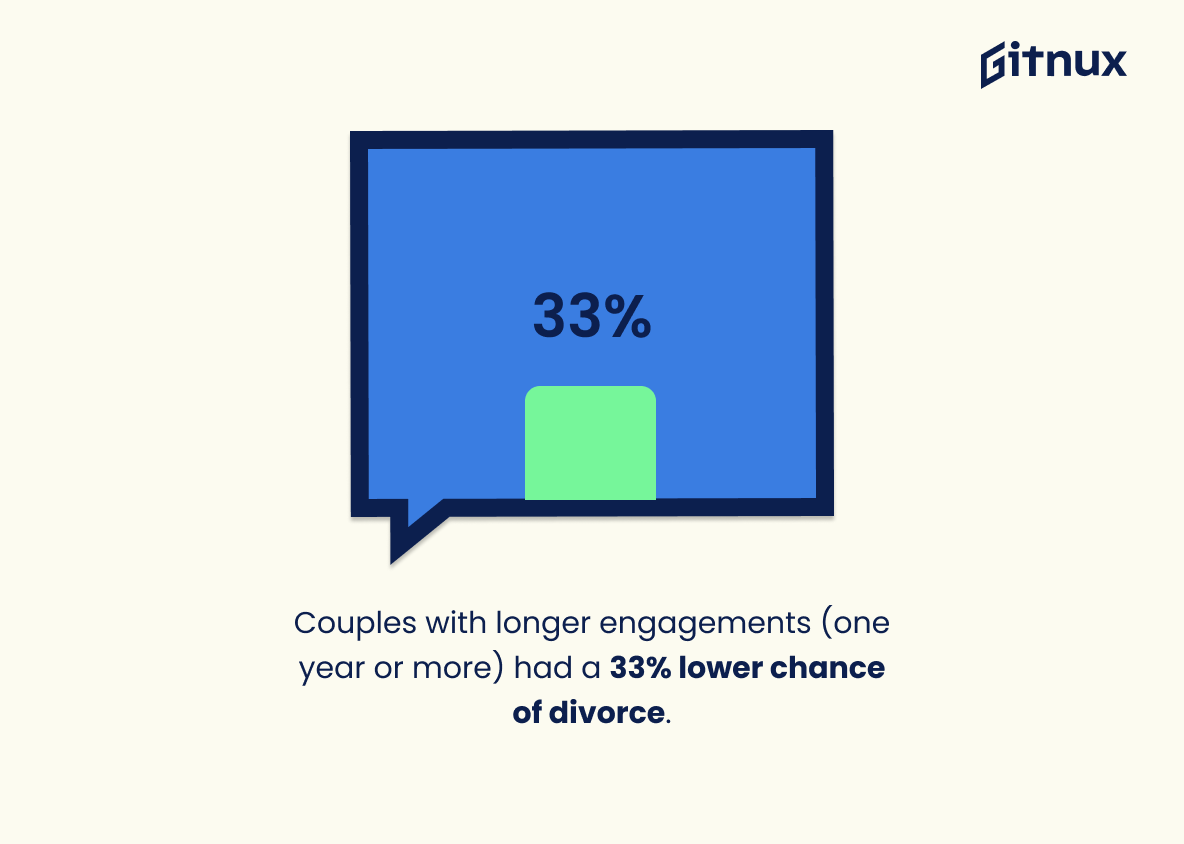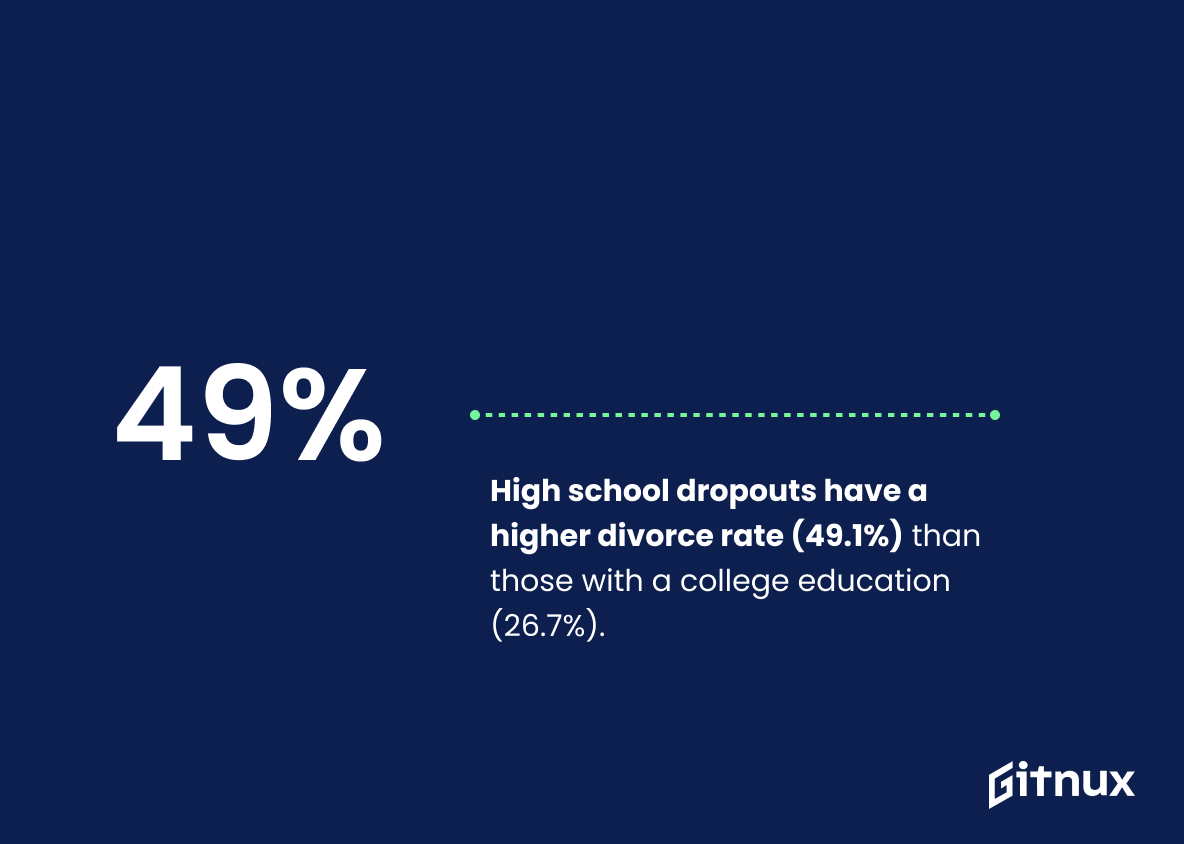Divorce is a difficult and often painful experience for couples, but it’s also an unfortunately common one. According to the American Psychological Association, approximately 40-50% of marriages in the United States end in divorce. But what are some of the leading causes behind these divorces? In this blog post, we’ll explore 20 statistics about why marriages fail and how they can be prevented or avoided altogether. From infidelity to money problems to age gaps between partners, each statistic provides insight into potential issues that could lead to divorce if not addressed properly by both parties involved. We hope you find this information useful as you navigate your own relationships.
This statistic is a stark reminder of the prevalence of divorce in the United States, and serves as a powerful illustration of the need to understand the leading causes of divorce. It is a sobering reminder that, despite our best efforts, many marriages still end in divorce. Knowing the leading causes of divorce can help couples identify potential issues in their own relationships and take steps to address them before it is too late.
Money problems are the second leading cause of divorce after infidelity, with 36% of couples saying it led to their divorce.
This statistic is a stark reminder of the importance of financial stability in a marriage. Money problems can be a major source of stress and tension in a relationship, and it is clear that it can be a major factor in the breakdown of a marriage. It is essential for couples to be aware of the potential impact of financial issues on their relationship and to take steps to ensure that they are on the same page when it comes to their finances.
Leading Causes Of Divorce Statistics Overview
Couples who marry before the age of 25 are less likely to remain married, with a divorce rate of about 60%.
This statistic is a stark reminder of the importance of taking the time to get to know one another before taking the plunge into marriage. It highlights the fact that couples who marry too young may not have had the opportunity to fully understand each other and the commitment they are making, leading to a higher rate of divorce.
Marriages where one partner drinks heavily are 50% more likely to end in divorce.
This statistic is a stark reminder of the potential consequences of heavy drinking in a marriage. It highlights the importance of communication and understanding between partners, as well as the need for both parties to be mindful of their alcohol consumption. It is a powerful reminder that the decisions we make in our relationships can have a lasting impact on our lives.
Couples with significant age gaps between partners (10 years or more) are 39% more likely to divorce than those with closer ages.
This statistic is a powerful reminder that age gaps between partners can have a significant impact on the longevity of a marriage. It highlights the importance of considering age differences when entering into a relationship, as couples with larger age gaps are more likely to experience marital difficulties. This information is essential for anyone looking to gain insight into the leading causes of divorce, as it provides an important factor to consider when assessing the potential success of a marriage.
73% of the time, couples cite “growing apart” as a reason for their divorce.
This statistic is a powerful indicator of the prevalence of couples growing apart as a leading cause of divorce. It highlights the importance of couples staying connected and understanding each other’s needs in order to maintain a healthy relationship. This statistic is a valuable insight into the causes of divorce and can help couples recognize the signs of growing apart before it’s too late.
Work-related stress is a contributing factor in 29% of divorces.
This statistic is a powerful reminder of the impact that work-related stress can have on a marriage. It serves as a stark reminder that the pressures of work can have a significant impact on a relationship, and that couples should be mindful of the potential consequences of allowing work-related stress to become a major factor in their marriage.
Couples in which at least one partner is a heavy social media user are 20% more likely to report marital conflict than those who do not use social media.
This statistic is a telling indication of the potential impact of social media on marital conflict. It suggests that heavy social media use can be a contributing factor to marital discord, and should be taken into consideration when discussing the leading causes of divorce.
Couples with children have a slightly lower divorce rate, around 40%, compared to childless couples at approximately 66%.
This statistic is significant in the context of divorce statistics because it highlights the fact that having children can be a stabilizing factor in a marriage. It suggests that couples with children may be more likely to work through their issues and stay together, rather than opting for divorce. This could be due to a variety of factors, such as a shared sense of responsibility for the children, or a desire to provide a stable home environment for them.
About 80% of couples cite lack of validation and feeling unimportant or unloved as major factors in their divorce.
This statistic is a powerful reminder of the importance of validation and feeling loved in a relationship. It highlights the fact that couples who don’t feel appreciated or valued by their partner are more likely to end up divorced. This statistic is a valuable insight into the leading causes of divorce and can help couples understand the importance of communication and validation in their relationship.
19.3% of divorced couples cite “gone out of love” as a reason for their divorce.
This statistic is a powerful reminder that love is a fragile thing and can be lost in a marriage. It serves as a warning to couples to nurture their relationship and to not take it for granted. It also highlights the importance of communication and understanding in a marriage, as these are key components of a successful relationship. In the context of a blog post about leading causes of divorce statistics, this statistic is an important reminder of the importance of maintaining a healthy relationship.
10.6% of divorces are due to physical or emotional abuse.
This statistic is a stark reminder of the prevalence of physical and emotional abuse in marriages, and how it can lead to divorce. It is an important statistic to consider when discussing the leading causes of divorce, as it highlights the need for greater awareness and understanding of the issue.
One study found that career choices increased the likelihood of divorce, with careers such as military supervisors, sales, and athletes experiencing higher divorce rates.
This statistic is a pertinent reminder that certain career paths can have a significant impact on the stability of a marriage. It is important to consider the potential strain that certain jobs can have on a relationship, as it can be a major contributing factor to divorce.
The length of a couple’s engagement has an impact on their divorce rate: couples with longer engagements (one year or more) had a 33% lower chance of divorce.
This statistic is significant in the context of divorce statistics because it suggests that couples who take the time to plan their marriage and commit to a longer engagement period are more likely to have a successful marriage. This could be due to the fact that couples who take the time to plan their marriage are more likely to have a better understanding of each other and their expectations for the marriage, which can help to reduce the chances of divorce.
High school dropouts have a higher divorce rate (49.1%) than those with a college education (26.7%).
This statistic is a powerful indicator of the importance of education in maintaining a successful marriage. It suggests that those with a college education are more likely to have the skills and knowledge necessary to navigate the complexities of a long-term relationship, while those who drop out of high school may lack the same level of understanding. This could be a key factor in the leading causes of divorce.
Conclusion
From the statistics presented, it is clear that there are many factors which can contribute to a couple’s decision to divorce. Infidelity and money problems top the list of leading causes, followed by communication issues and age gaps between partners. Other contributing factors include heavy drinking or social media use, living together before marriage, career choices, length of engagement and religious attendance. Additionally, couples with children have a slightly lower rate of divorce than those without children while high school dropouts tend to experience higher rates compared to college graduates.
References
0. – https://www.magazine.northwestern.edu
1. – https://www.www.insider.com
2. – https://www.www.zippia.com
3. – https://www.www.academia.edu
4. – https://www.link.springer.com
5. – https://www.www.apa.org
6. – https://www.www.aarp.org
7. – https://www.www.tandfonline.com
8. – https://www.nces.ed.gov
9. – https://www.www.ncbi.nlm.nih.gov
10. – https://www.helda.helsinki.fi

